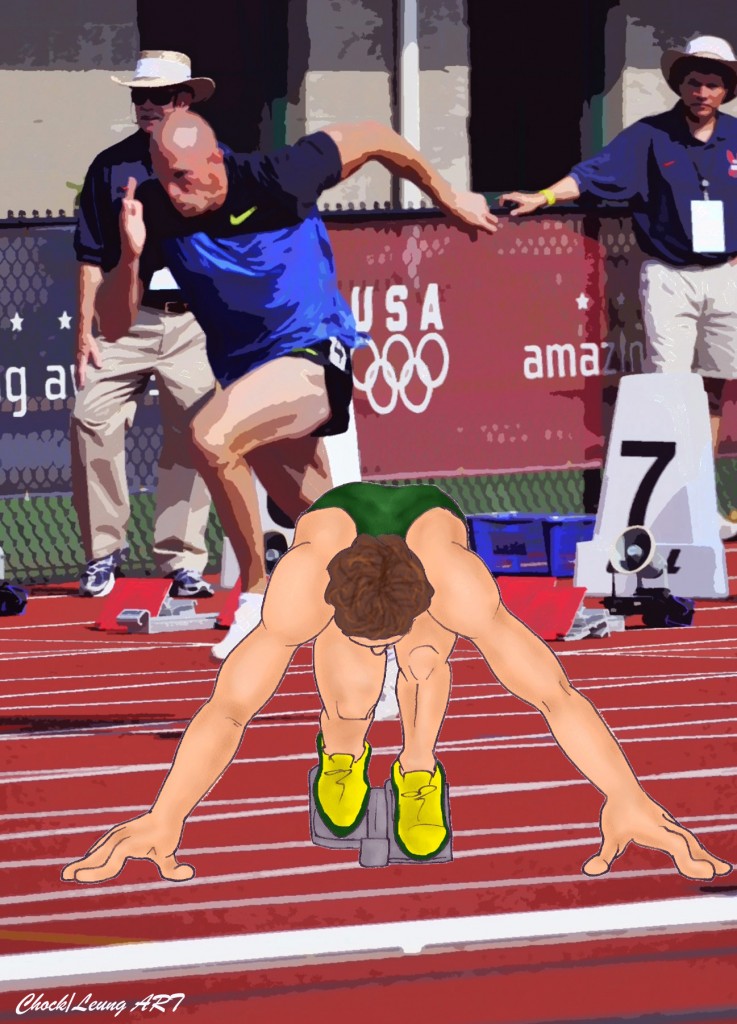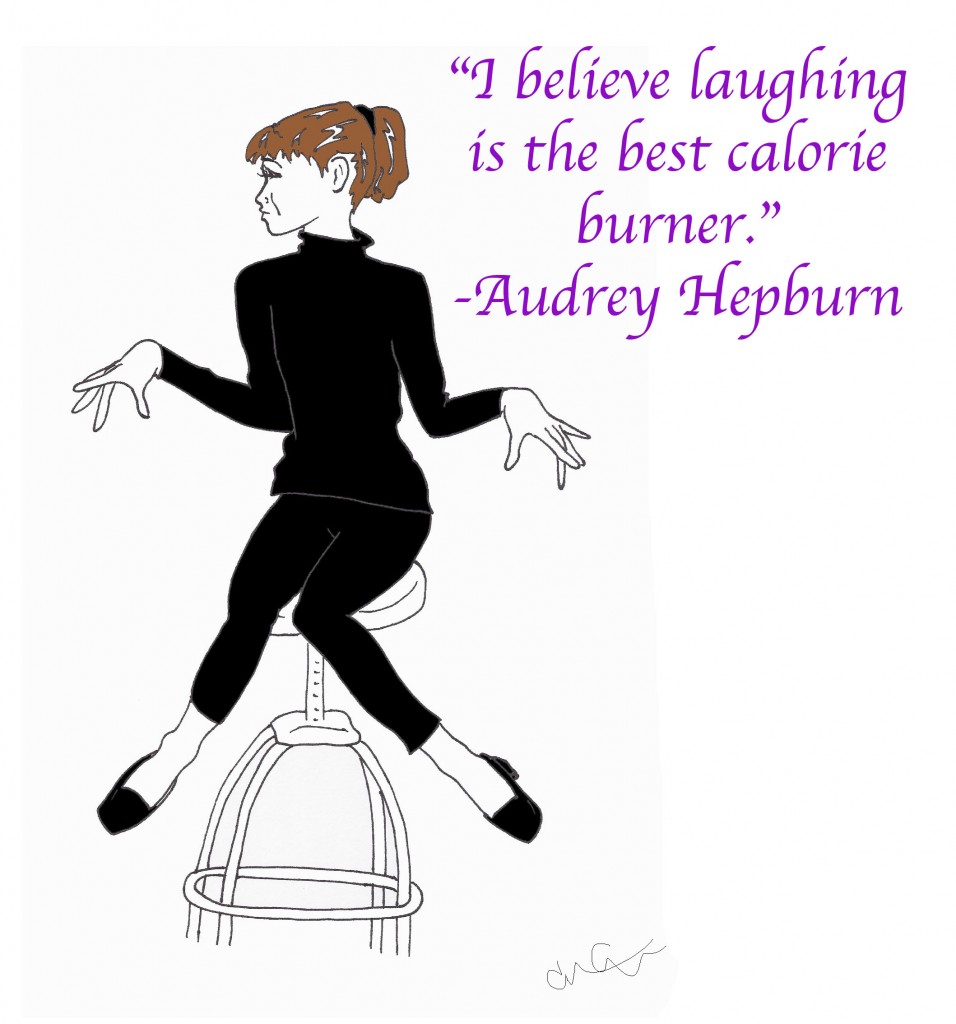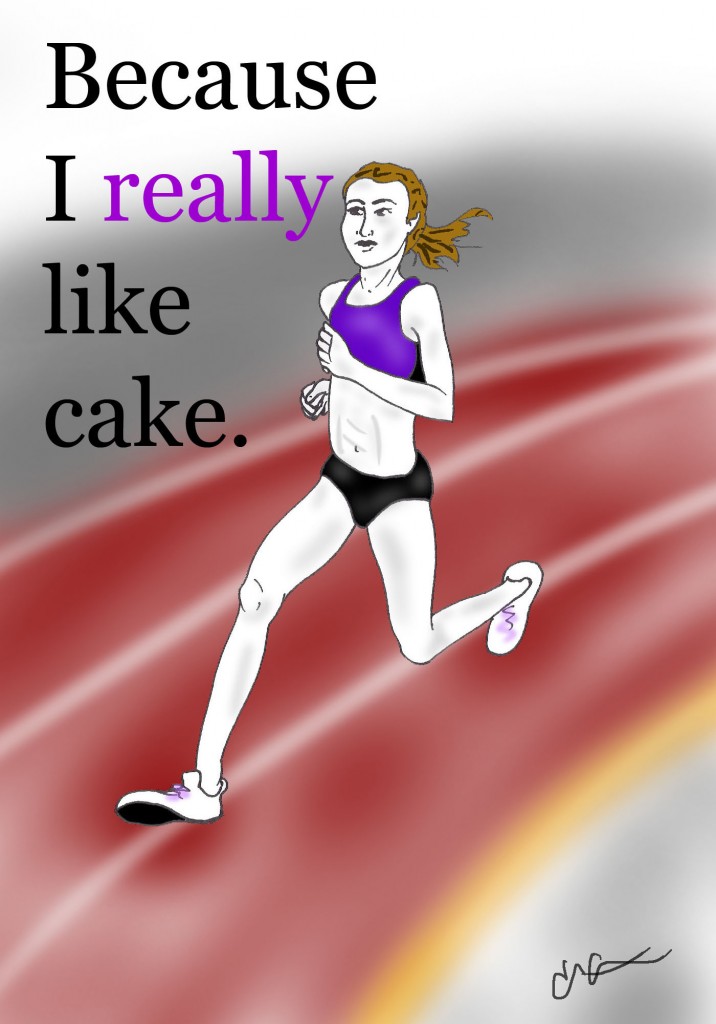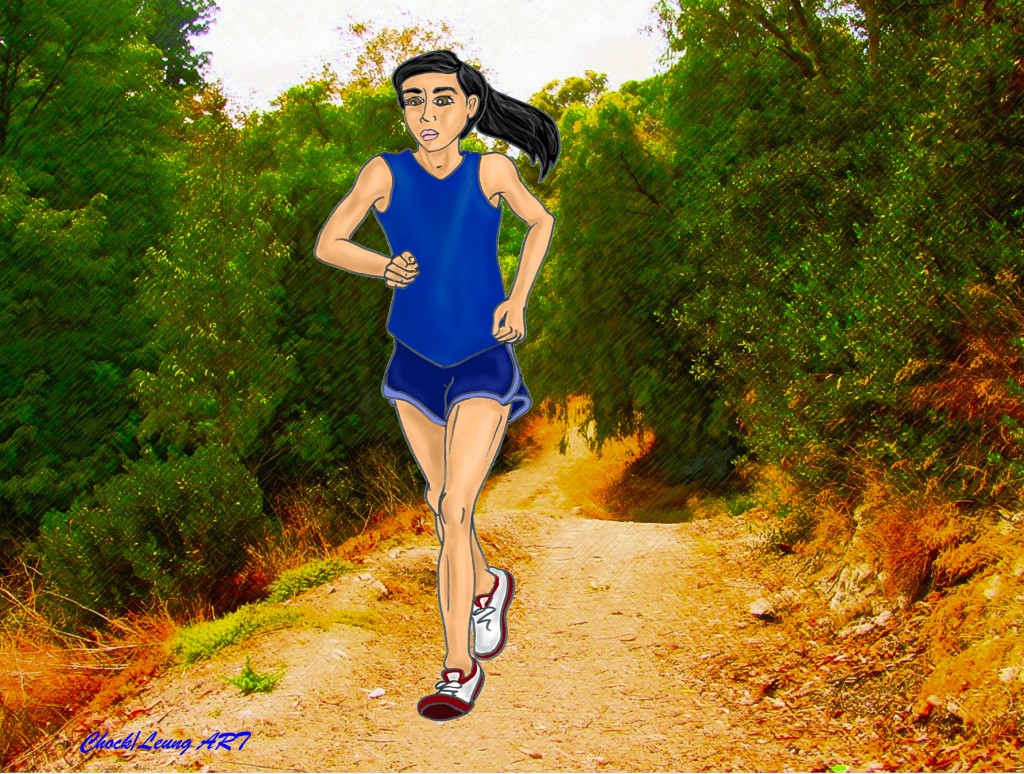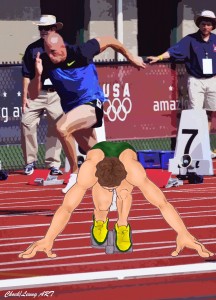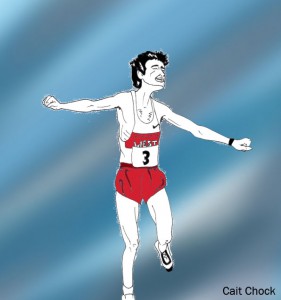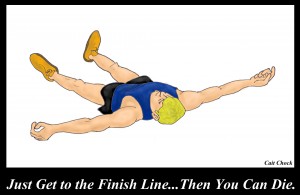Some guy is off making millions off of his ‘Do This/Not That’ style books, well I think I’ll take the premise and apply it to running and training.

* Instead of…crying every time you have to shell out the big bucks for a new pair of running shoes, DO THIS: buy your shoes two at a time then alternate between the two. Why? Doing this will prolong the life of both of the shoes and in the end save you the green stuff. Don’t know the ‘life span’ of your shoe, revisit my post on that HERE. Bonus, if your favorite pair of shoes happen to be on sale, stock up and buy even more than two.
* Instead of…wasting your time stretching before your run or workout, DO THIS: use the first couple of minutes, or mile, of your run as a warm-up and ease into the pace. Stretching cold muscles can actually cause you to rip or tear them and lead to an injury, some reports even claim that pre-warm-up stretching could limit your muscle strength and workout potential. Only stretch your muscles AFTER they have been working and have had a chance to warm-up. Often we’re pressed for time anyways, use what precious ‘extra’ time you have to stretch or do core after you get your run or cardio in.
* Instead of…watching the minutes slowly click by on the treadmill while you plod along at the same pace, DO THIS: vary your workout or run every couple of minutes, mile, or half mile. Do an interval workout or make it a hill repeat sessionfor your hard days and the time flies by. But even on the easy days, play with the pace and incline every so often, it doesn’t have to be by a huge degree but you don’t need to stay stuck in the same pace rut the whole run. This not only makes for a better workout but it helps beat treadmill dreadmill mental burn-out too.
* Instead of…sabotaging your race or workout from the start with the kiss of death by going out too fast, DO THIS: aim for even splits or even better, negative splits. It’s easy to get caught up in the excitement, or be tempted to try and ‘give yourself a cushion’ by being under pace early, but it will bite you in the butt. The body, physiologically, runs more efficiently if you go the negative split route. Plus, you want to be the person out-kicking people at the end, not the one getting passed as you stagger to the line.
* Instead of…ruining your love of the sport with self-imposed pressure or a bum attitude, DO THIS: remember why you run. If you don’t like it then move on and find something you like better instead. It’s easy to get so focused on your goals that you suck the passion and joy out of it by just being too stressed and taking it too seriously. If you have to, chuck the watch and don’t worry about splits sometimes, don’t worry about the pace of your easy runs and just run to recover and for pleasure, and MOST importantly upon accomplishing a goal SAVOR it. Relish those moments of achievement before looking on to the next goal. Keep running forward, but always take a moment to reflect on each benchmark goal you hit along the way.
* Instead of…repeating the same mistakes over and over again, DO THIS: learn from them! So easy in theory, but sometimes it’s tempting to fall back into a bad habit. Every bad race or workout, try to learn from it and that makes it a success in the learning department. Every injury try to learn from it and be smarter going forward. To read how my awesome, pro runner friend, Allie Kieffer, plans to learn from her mistakes check out her amazing blog! Do it! 😉 PS- there is even a little Arty Runnerchick Art on this ‘gamer’ post…hehe.
1) Do you have an Instead off../DO THIS: tip you’d like to share?
2) Have you made one of the mistakes above (we all probably have!), how did that go, and how have you tried to act smarter going forward?
3) Did you not know that you were making one of the above mistakes?
4) How do you have fun with your running?
I try to remember that I’m lucky to be running at all…if I start to lose sight of that something usually gives me a little reminder. (ie: injury, I realize I’m taking it for granted and tell myself to give my attitude a check…hehe)



